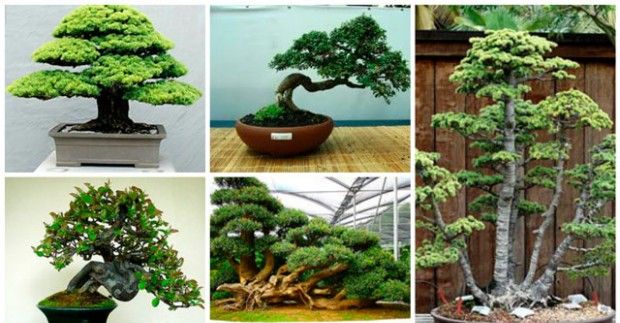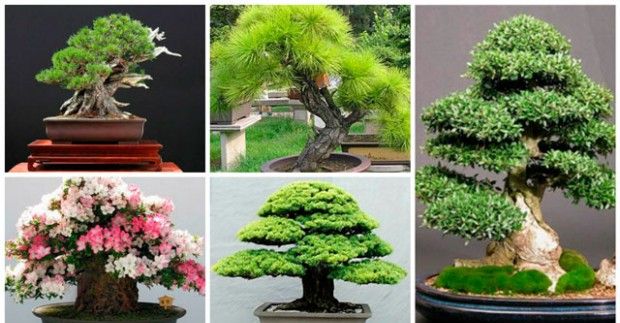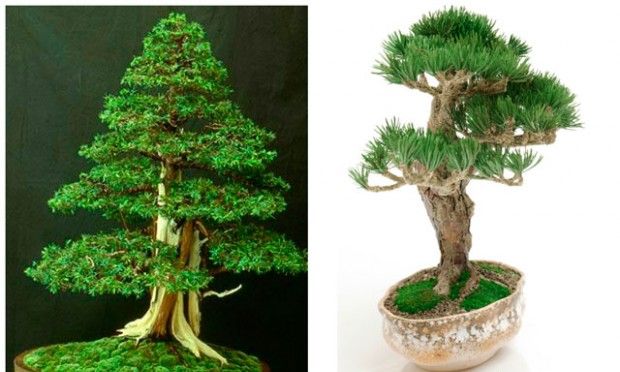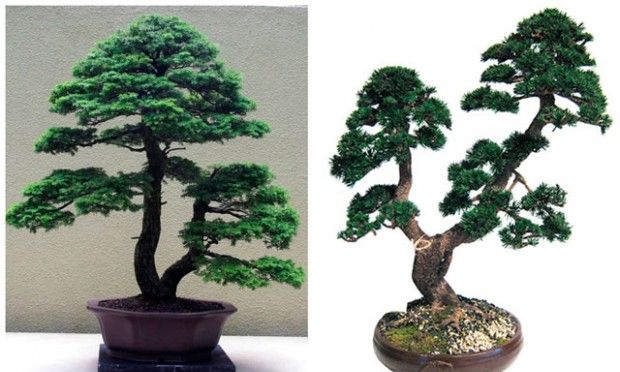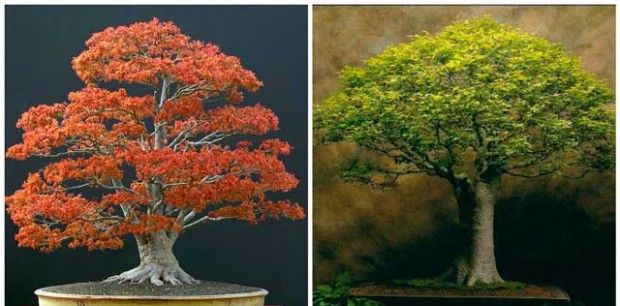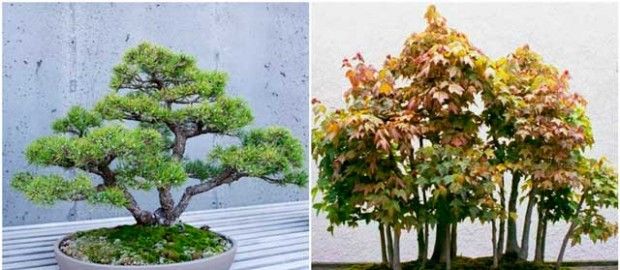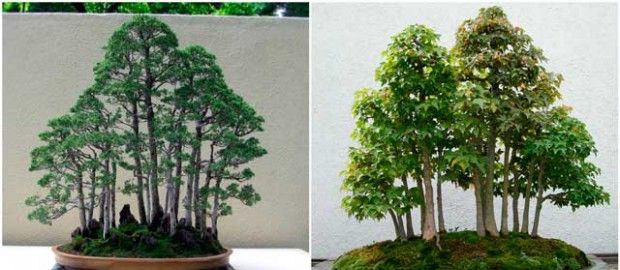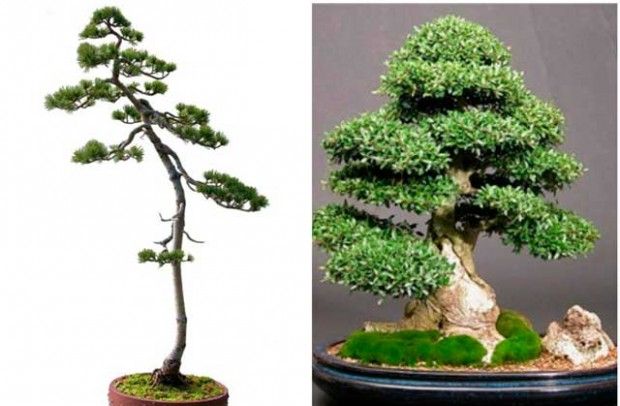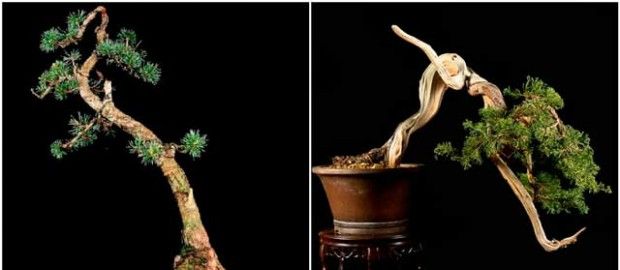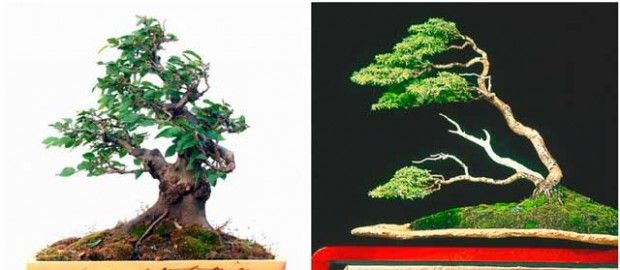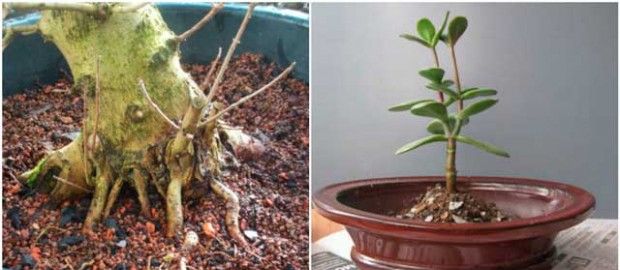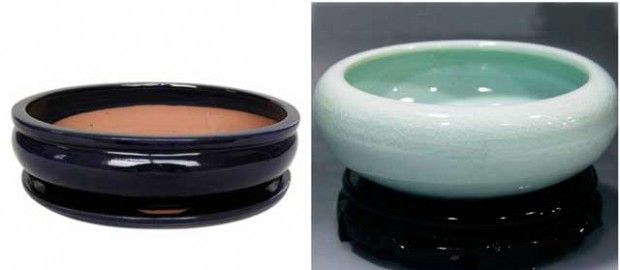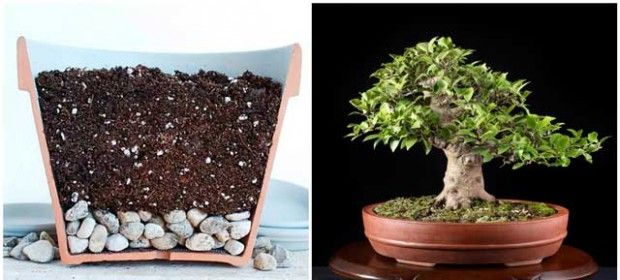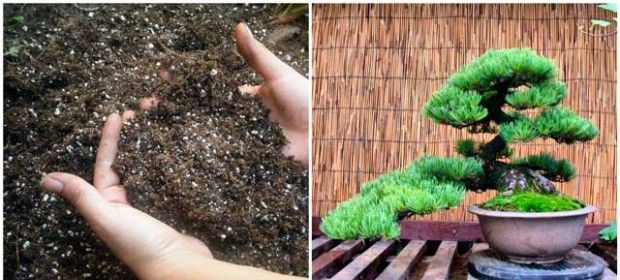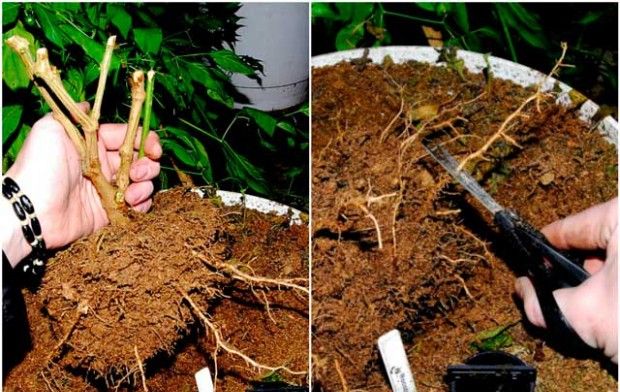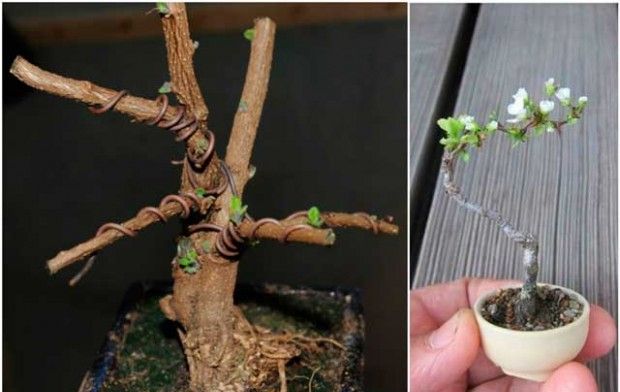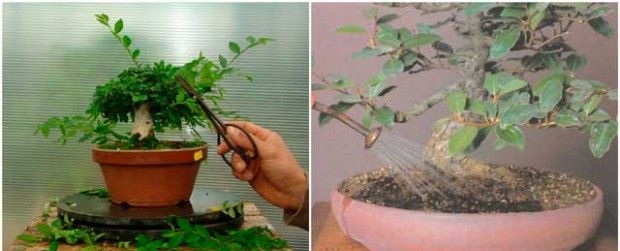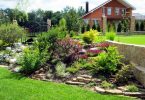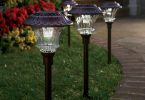Not only the owners of private houses, but also the inhabitants of the most ordinary apartments can admire the beautiful trees. Place in a small room conifers or deciduous plants will allow the ancient art of bonsai. The first to grow shrubs and trees in small bowls were in ancient China, but the plants were not selected for decorative purposes, but suitable for food or necessary for the manufacture of medicines..
The Japanese have always appreciated beauty and have been able to contemplate. They borrowed the practice of growing trees, but deprived them of any practical use. Bonsai is real the art of growing miniature trees, which everyone can master. What difficulties can a beginner florist face? And how to properly form the crown of a tree?

Choosing a future bonsai style
To get an unusual and spectacular plant, you need to decide which style of bonsai attracts you. Depending on the chosen direction, a specific type of plant is also selected. Beginners often make the mistake of purchasing the wrong trees and trying to give them the required shape..
So, there are several common bonsai styles that are easy to distinguish from each other..
Bonsai vertical style
This style has two sub-types: classic and free. In the first case, the tree trunk should be perfectly straight, have an ideal cone-shaped shape. The lower branches are distinguished by a large volume, towards the top of the branches they become thinner.
Freeform implies the curvature of the tree trunk, which alternately «departs» then right, then left. Yet the general direction of growth is up.
Any plants are suitable for a vertical style, but a free subspecies is recommended for conifers.
Bifurcated trunk
This interesting shape can be obtained in one of two ways: by planting two different plants, or from one root. It will be easier for beginners to get used to two different plants, and they need to be selected so that the pair has a pronounced leader. A weaker tree, however, should not be sick.
The composition can be either strictly vertical or with a slight slope.
Bonsai broom
This style of bonsai requires special attention to the tree to achieve the perfect «equality» not easy between all branches. The apical shoot is pinched at a height of about a third of the total size of the tree. Skeletal branches begin to grow from this point. It is necessary keep equal proportions, the thickness of all branches must be equal. Thus, a beautiful and wide crown is formed..
Deciduous plants with spreading branches, which in nature form a large crown, are suitable for this style..
Platy bonsai
Such a plant is rare, since several trunks at a distance from each other are formed from one tree. How to achieve this unusual look? A seedling is selected, on one side of which the branches grow more actively than on the other. «Thick» part and will become the basis for the bonsai. Excess branches from the other side are cut off, cuts are made on this side, and the tree itself is placed horizontally in a container with soil. Roots will begin to grow in the places of the notches. Thus, the branches of one side will turn into trunks over time..
Multi-stem bonsai
This style also has many stems from a single root. But the shape of the tree itself can be almost any: vertical, curved and even inclined..
Bonsaz forest style
But in this case, the number of trunks determines the number of plants. Several trees are planted at once (always an odd number). The composition is formed rather compactly to emphasize the resemblance to a real forest. The central tree is usually taller than all the others, it is brought to the front, placing two more tall trees on the sides. All unnecessary branches are removed, leaving bare trunks, the crown is thinned out. But the background is represented by smaller trees with dense branches..
Bonsai literary form
An interesting and unusual look of the plant is achieved by constant adjustments. The trunk of such a tree is constantly bent. It is quite simple to consider all the slopes, since the trunk is completely bare, leaving only the top with young shoots. The combination of a thick old trunk and young branches is especially appreciated in this style..
For the formation of bonsai, it is recommended to use densely branched coniferous plants.
Bonsai cascade
Such trees are a little more common because they look very impressive and immediately catch the eye. Cascading forms are typical for wildlife: rocky areas. A powerful root system is strengthened in the ground, and the plant itself hangs along the rock.
It stands out separately and semi-cascade, which differs in the level of inclination. The lower branches of such a plant should be at the level of the base of the bowl..
Inclined barrel
Another common shape is a uniform slope on one side. The trunk can be either very thin or thick, but it is imperative that open roots remain on the surface. This view gives the impression «tear», like a powerful hurricane trying to uproot a tree.
Both deciduous and coniferous trees are suitable for formation.
Bent by the wind
The slope level in this bonsai style is close to critical. In nature, such forms are found on the coast, where the wind constantly blows only from one side. The barrel is formed in such difficult conditions and looks like it is constantly under pressure..
Cutting selection
There are many ways to grow bonsai. If you want to choose the style of the tree yourself and can wait, then do not purchase young plants, but give preference to cuttings or seeds. The latter option is suitable for people who know how to wait..
The stalk is ideal for growing bonsai. It should be taken from a one-year (in some cases two-year) tree. The size of the shoot usually does not exceed 10 centimeters. In order for the root system to form quickly, special compounds are added to the soil that accelerate root formation..
Make sure the cutting is from a healthy plant. The shoot should have no more than 6-8 leaves. The non-lignified part is removed before planting in the pot.
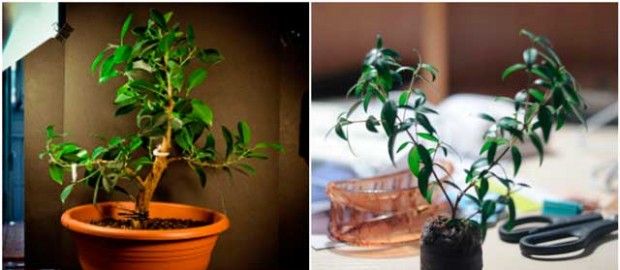
Choosing a ceramic bowl
A very important part of preparation is choosing the right pot for growing your bonsai tree. The bowl should not only fit into the interior and be combined with the plant, but also meet many functional requirements. So, for example, notice the presence of wide drainage holes. Excess moisture can cause the development of diseases, rotting of the roots and cause the death of the plant.
The size of the pot must also match certain parameters. Experts recommend adhere to the following rules:
- bowl depth equal to the diameter of the barrel at the base,
- width – 2-3 centimeters less than the length of the branches,
- and the length is no more than two-thirds of the width or height of the tree.
However, you should not rush to choose a suitable ceramic bowl, since the cutting is usually grown in a container, and transplanted into a beautiful pot only after a year or two..
Soil preparation before planting
Cuttings for the formation of shoots are planted in a mixture of peat and sand. The recommended depth for an escape of 10 centimeters is 3 centimeters. After watering, the plant is covered with polyethylene to protect it from temperature changes, wind and sunlight..
Only after the tree gives its first shoots can it be taught to the sun and fresh air (if it is supposed to be grown on a balcony or outdoors).
It is recommended to transplant it into a ceramic bowl in a year or two, when the tree starts to grow and grows. At this moment, the most important phase begins – the formation of the trunk and crown.
To give the plant the desired look, you must first of all slow down its growth. And a properly selected soil will help with this. The characteristics of the soil, of course, depend on the specific type of tree. But it is still worth remembering that poor soil is the basis of bonsai. The composition usually includes peat, stones and sand, rotted leaves. The roots are pruned and the tree is transplanted into a prepared bowl.
How to grow bonsai at home?
The peculiarity of bonsai is that this art time is given daily. A good owner knows all the features of his plants, can remember all the branches and constantly monitors the condition of the trees.
First of all, it is worth taking care of growth, or rather, its slowdown. Even in poor and rocky soil, a fairly large tree can grow if you don’t artificially restrain it. For this, special nippers cut the trunk in several places. The juice will be used to heal wounds, not to grow quickly.
Pruning branches also slows down this process, but this method is rarely worth it. In addition, the branches should be clearly structured..
You also need to make sure that the tree takes the chosen shape. For this the trunk and branches are fixed with bandages or rings, even wrapped with wire.
Bonsai care
In order for the tree to delight you with its appearance for many years, try to observe simple rules:
- regular watering should not be done from above, but at the roots of the tree;
- branches and leaves need to be sprayed with water to nourish them and remove dust, but this procedure can be carried out only in the morning;
- the bonsai bowl should not be in direct sunlight;
- the plant should be sheltered from frost and protected from high temperatures;
- regular pruning of branches and roots will allow you to form a tree of the desired size and shape.

